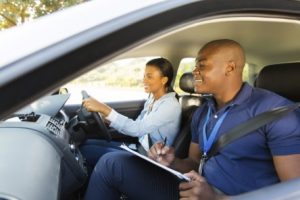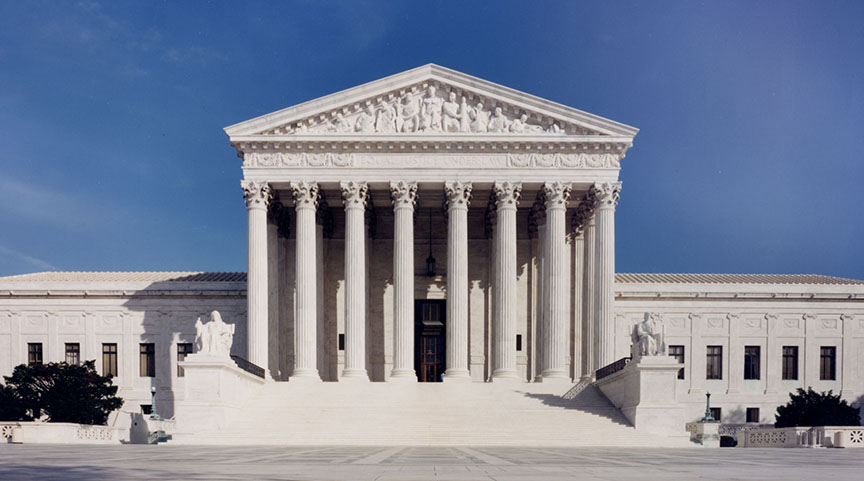(ThyBlackMan.com) Only until a few years ago driverless cars were considered science fiction. However, artificial intelligence, machine learning, and the rapidly-evolving autonomous vehicle technology have made it possible for the major automakers, namely Tesla, BMW, Ford, Audi, and Google to introduce driverless cars that rely on smart infrastructure and information systems.
Autonomous cars are expected to improve the drivers’ travel experience and reduce the traffic jam and the incidence of road accidents arising from human error; however, they may struggle to deliver when faced with variable and unpredictable situations. Challenges such as radar interference, accident liability, navigation in traffic, and cybersecurity threat need to be addressed as the world prepares to handle the onset of autonomous vehicles.
deliver when faced with variable and unpredictable situations. Challenges such as radar interference, accident liability, navigation in traffic, and cybersecurity threat need to be addressed as the world prepares to handle the onset of autonomous vehicles.
Though most of the obstacles faced by the autonomous car industry will be overcome with the passage of time and the advancement of technology, here are four major challenges that will determine the success of driverless cars.
It’s a Legal Minefield
Though autonomous cars are being introduced to reduce the risk of accidents and save lives, the laws pertaining to them are perplexing. Since these cars present a confusing overlap between the state traffic regulation and the car technology regulation, the product liability in case of a car crash remains a huge concern.
A few American states have written laws pertaining to autonomous cars; however, all these laws contradict each other, causing a lot of confusion and leaving several issues unresolved. For instance, the NHTSA (National Highway Traffic Safety Administration) has made it mandatory for autonomous cars to have steering wheels and control pedals, however, automakers such as Google plan to take them off in the future. Several such issues still remains unresolved. The federal agencies are reluctant to set firm national guidelines as the technology is still new. Here are a few legal aspects of autonomous cars that haven’t been completely addressed as yet.
The Law Cannot Keep Pace With the Technology: Autonomous cars are emerging technologies that are recognized and dealt with after an accident has occurred, leaving legislators to deal with several unanswered questions that may or may not protect the consumers and cause a considerable risk to human life. As of now, the federal agencies are relying on automobile manufacturers to adopt high vehicle safety standards and take ownership of the damages caused post a mishap.
The Law Doesn’t Define the ‘Driver’: It is evident from the recent accident caused by Uber’s self-driven car that the risks are high in case of a vehicle malfunction or a fault in the software. The law hasn’t yet been able to define the term ‘driver’ in this era of autonomous cars. In many cases, the automobile manufacturer is held responsible for a vehicle failing to operate in accordance with the specifications.
What Happens in Case of a Cybersecurity Threat? Without a doubt, hacking a vehicle amounts to criminal activity. However, a number of complicated liability questions arise in case of a cyber-attack on a driverless car. Does the victim seek redress from the automobile manufacturer, the security software firm, or the network provider (in case of a defect in connectivity)? How would the insurance company manage such claims? These are a few questions that still remain unanswered. The state and federal laws are yet to span various areas of laws related to autonomous driving, namely torts, insurance, and cybersecurity.
Who Will Insure the Vehicle? Another issue that continues to be a topic of debate in the autonomous vehicle domain is the responsibility for insurance of the vehicle. Should all the parties involved contribute to the insurance? Will autonomous car accidents fall under product liability regulations? These and several other ambiguities create confusion over the insurance claims pertaining to property and bodily damages caused by an accident.
Cybersecurity Is a Looming Concern
The present generation of autonomous cars are a network of computers and sensors that inicorporate social media applications, namely Facebook, Wiki Local, and Twitter. For instance, Mercedes-Benz’s Mbrace system has apps such as Yelp that help drivers find the neighboring restaurants in a city.
Technologically-advanced systems are increasingly making their way into the autonomous vehicle domain. Features such as external sensors to detect other vehicles, entertainment systems, and satellite navigation make transportation safe and enjoyable. However, these sophisticated innovations are associated with the risk of cyber threats.
Connected cars and their supporting electronic infrastructure store user information that may be of interest to the hackers, increasing the risk of cyber-attacks. A study group at the Intel Automotive Security Research Workshop discovered 15 hackable areas in an autonomous car that could be used by cyber-attackers to take control of the vehicle. For instance, hackers can target in-car entertainment systems to install malware on the vehicle’s system, enabling them to access personal data to demand ransoms or cause physical harm.
Similarly, the other devices that are interconnected with the vehicle system pose a huge cybersecurity challenge. For instance, if the parking lot barrier of an organization is connected to the internet, all the personal data of the employees will be stored in the system. If the cyber-attacker is able to make a connection with the system, the parking barrier can serve as a gateway to access all the databases and computer systems of the organization.
In recent times, keeping autonomous cars safe from hackers is the most daunting challenge facing technologists and engineers. Automobile manufacturers are now turning to computer security specialists or ‘white hat’ hackers to proactively test the vehicle system for the potential avenues of attacks and address the challenges in the automotive cybersecurity domain.
The Ability to Drive Safely in All Weather Conditions
The snow, the rain, and the fog can make it tough for autonomous cars to sense the track lines on the pavement that is used by these vehicles to stay in their lanes. The Botts Dot is one such tracking tool that is placed along the roads mark lanes for these automated vehicles; however, owing to the mishaps that have occurred, several cities are phasing them out as they aren’t proving to be an effective lane-marking tool.
Heavy rainfall and snow prove to be an obstacle for the LIDAR (light detection and ranging) system to detect large puddles or a broken tree branches. Though automakers are working on setting up sensors that can detect guardrails, obstacles, and oncoming traffic in bad weather conditions, autonomous cars have a long way to go before they overcome this challenge.
Teaching the Automobile Human Intuition Is Tricky
Driverless cars are machines and it may take endless hours of programming and road testing to teach a machine to make moral decisions that work for the car passengers, the other vehicles, and the pedestrians on the road.
For instance, how do you train a machine to read the body language of or the hand signals from a traffic officer or a pedestrian? Similarly, if a kid is running after a ball bouncing into the road, should the system continue at the same speed, injuring the child or steer off the road potentially damaging the car and wounding its passengers?
When programming the software and building algorithms, engineers are confronted with such hard-hitting decisions that a human driver can make within a split second. Despite a large number of sensors and processors used in the autonomous cars, they still have trouble sensing and responding to the commonly-encountered aspects of driving, making decisions in the face of sudden, and dealing with an unforeseen event on the road.
Autonomous cars are on the horizon, but are we ready for it as yet? The above article will help you appreciate the major challenges facing the autonomous car industry that we need to be addressed before these vehicles become a mainstream presence on the roads.
Staff Writer; Mario Palermo
This talented man is a practicing lawyer with specialization in personal and car injury laws. Of recent, I’ve started writing blogs on legal matters. My website contains a varied range of write-ups based on the latest industry news and trends. I have always toyed with the idea of going beyond my personal blog and sharing my knowledge with readers who can benefit immensely from it. By contributing regularly to your platform, I can help SMBs and solo lawyers leverage their business with detailed insights into legal matters.
Official website; https://www.palermolawgroup.com/
















Leave a Reply